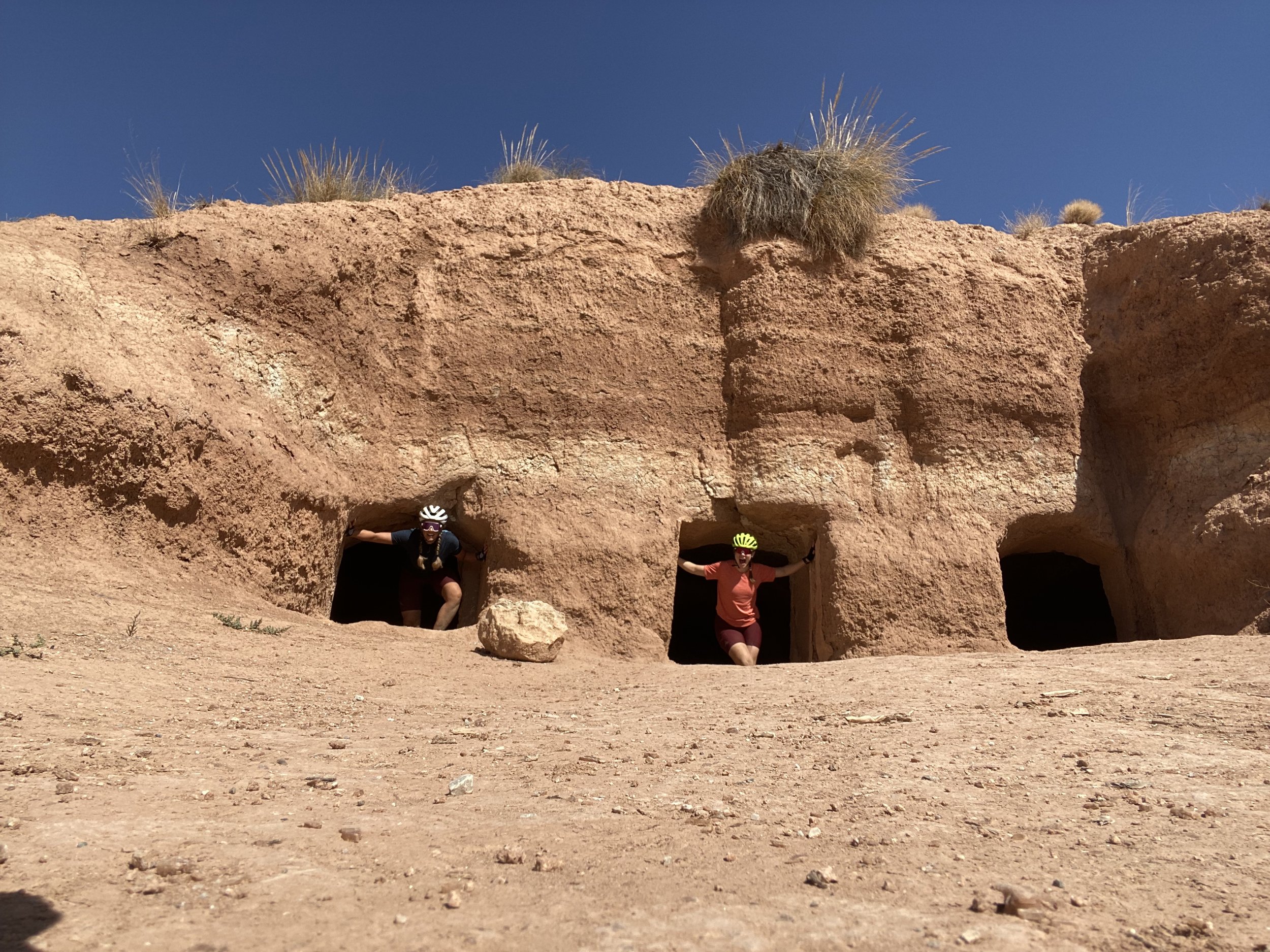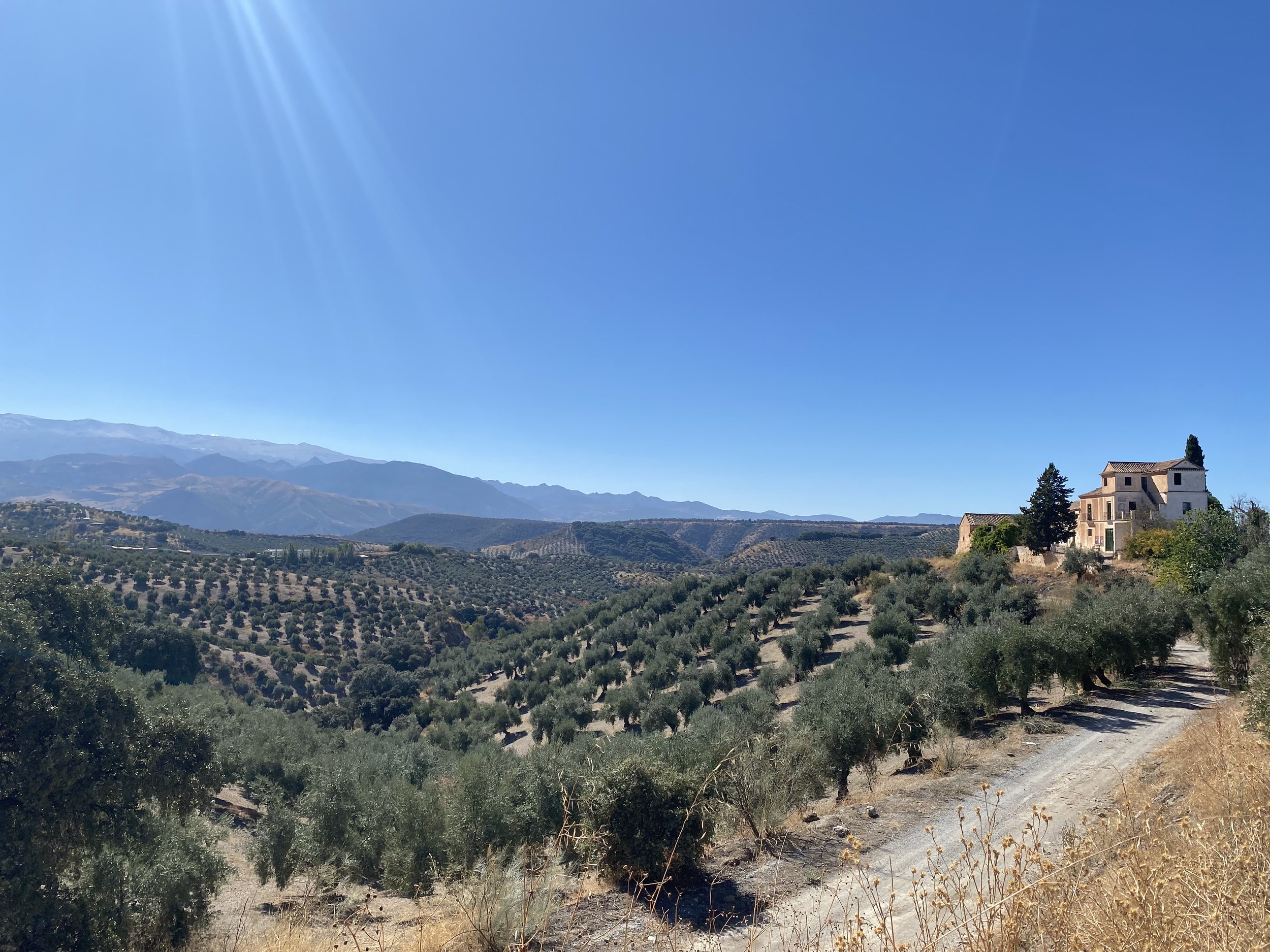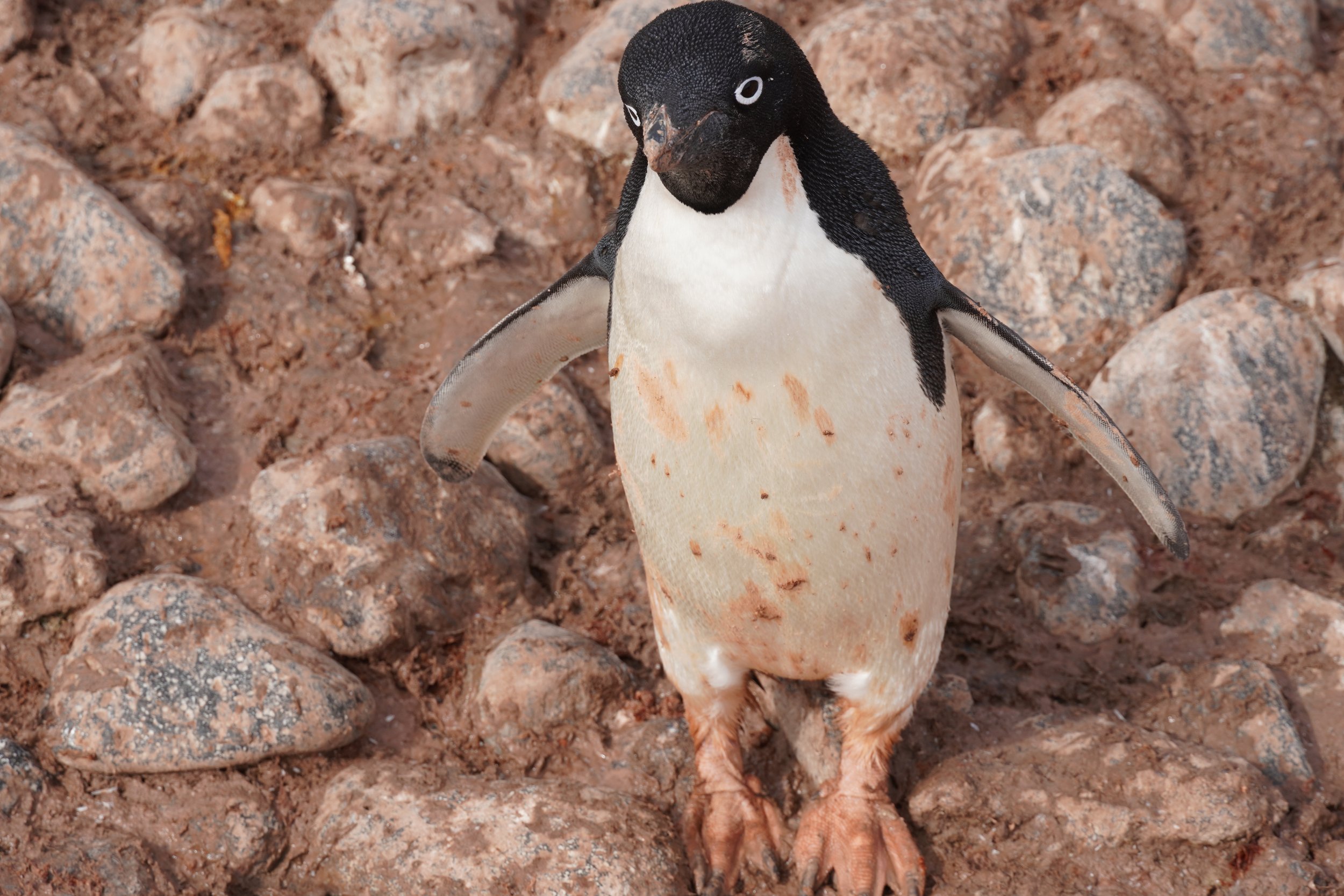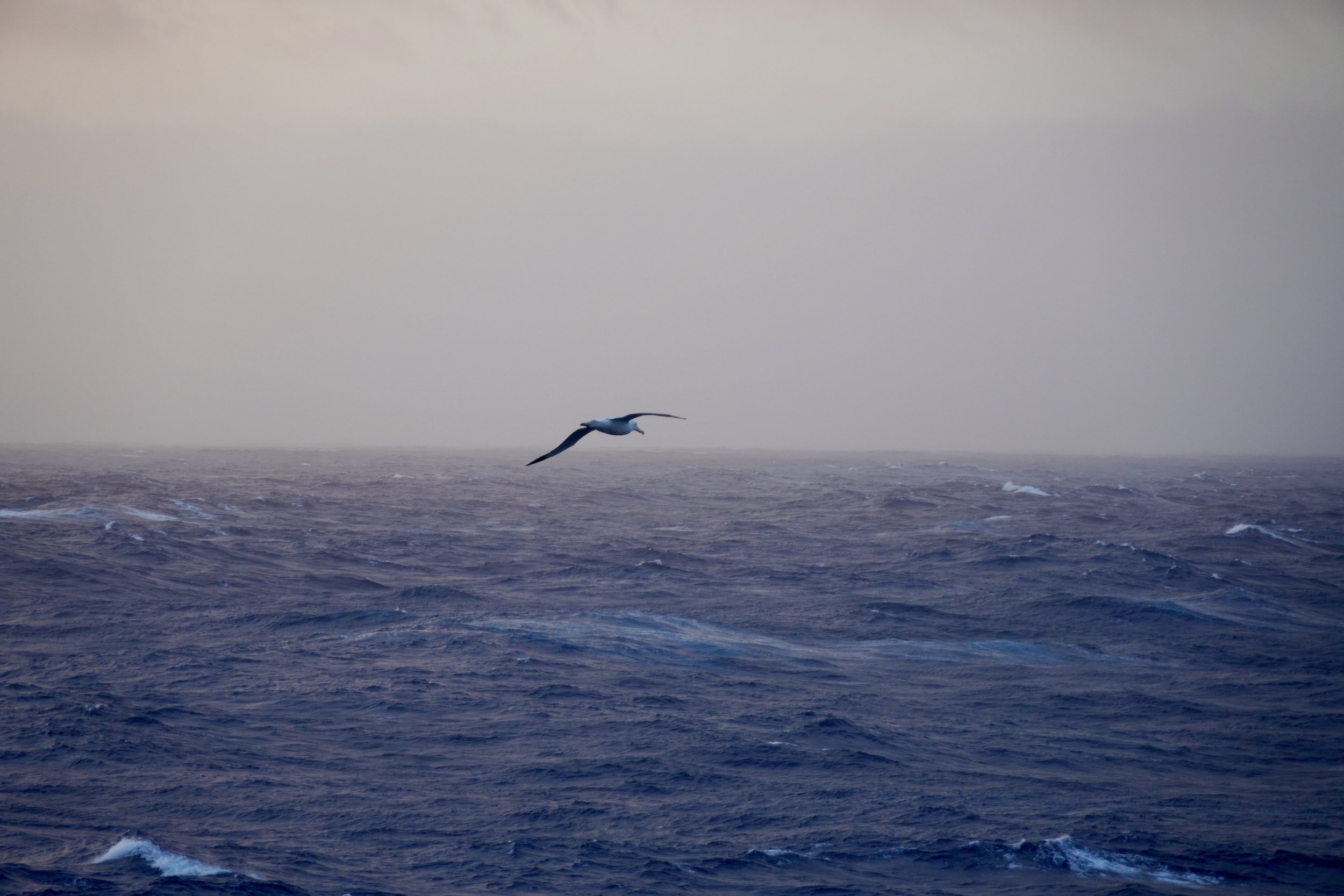
“After nourishment, shelter, and Companionship, stories are the thing we need most in the world”
— Philip Pullman

Bikepacking the Log Driver’s Waltz
We gathered just in front of the eternal flame without much fanfare. Though this journey would prove to be amongst the hardest things each of us had ever done, few will truly comprehend the odyssey of which we were about to embark. But our energy was palpable, even with the absence of customary start-line hoopla. With an obligatory start-line group photo and a few goodbyes, we were on our way.

Day 7 - Capileira to Granada: Bikepacking the South of Spain
Welcome to the final blog of this series. You made it! Good for you :)
It’s Friday morning, Day 7 in the south of Spain, and the final day of our bikepacking adventure. Today we plan to ride up and over the Sierra Nevada’s highest peak, Pico del Veleta, which stands an astounding 3398 meters above sea level, then descend down the north side back into Granada.

DAY 6 - LAUJAR DE ANDARAX to Capileira: Bikepacking the South of Spain
We packed up and got the bikes ready, a ritual now well established and tweaked only once to include the olive oil chain baths. Since discovering this messy but pleasantly scented ritual, Care Bear’s gears are now silent, though we were tempting fate having her continue riding with a loose cassette. But we were so close now, salvation lay waiting in Cadiar.

Day 5 - Gergal to Laujar de Andarax: Bikepacking the south of spain
I glanced up as I hauled my bike out the front door. It would be clear skies and sun cranked to full throttle for our pass through Tabernas, Europe’s only true dessert (we haven’t actually been in a desert yet?!?!).“You know,” I noted “this is the first day since Day 1 that we both woke up in a good mood.”


Day 3 - Hinojares to Gor: Bikepacking the south of Spain
Turning back was not an option, it would take too much time, and too much effort, especially for Jocelyne who was falling progressively more under the weather (my poor sick little Care Bear, this is all she needed). Plus we definitely did not have enough food now that I had lost our donuts. I was rapidly transcending into a floodgate for hysteria.

Day 2 - Benalua to Hinojares: bikepacking the South of Spain
The caves pictures above are some of the oldest human settlements in south-western Europe. They date back to the Neolithic Period, approximately eight thousand years ago. These cave sites, and their remnant artifacts have shed valuable inside on life during the prehistoric period in Spain. The caves are built into limestone cliffs, creating a natural shelter for humans and livestock. However, the arid climate, sparse rainfall, and persistent erosion cumulated into an inhospitable agricultural climate, and the economic consequences forced the settlers to move on decades ago. All that remain are the crumbling shells of what once was someone’s home. We saw them everywhere.

Day 1 - Granada to Benalua: Bikepacking the South of Spain
Destination: Benalua Distance: 97km, elevation gain: 2080meters, surface: 62% unpaved
We woke having to already adjust our intentions for the day. Our first day in the saddle was big, and we were unsure how long it would take to reach our next hotel. Plus we ran out of time the previous night to test ride the bikes and gear for any unseen airline damage. What we intended was an early start, giving us the most possible daylight hours for riding. But what we did was fall asleep having wrongly assumed the combination of jet lag and nervous anticipation would guarantee a restless night and inevitable early morning, so we chose not to set an alarm. That was unfortunate.

Travel Day: Bikepacking the South of Spain 2024
For seven days we would be traveling only by bike through the deserts in the south of Spain, hauling our gear more than 600km and 1.5X the elevation of Mount Everest, mostly on unpaved surfaces. Neither of us speak the language, or had done anything quite like this before. For some reason Jocelyne thought this was a great idea.

Antarctica Part 5: Let's seal this deal
Back on the National Geographic Explorer, the staff organized an iceberg pareidolia contest. Rules were simple:, take a photo of an iceberg you think looks like something, then submit it to the staff with a creative title of your choosing. The contest allowed for two categories, one permitting photo manipulation with words or simple drawings, the second must be a stand alone shot. I entered the first category, Will entered the second….

Antarctica Part 4: A Whale of a Tale
Meet PAN-1772, a well traveled whale that has been sighted off the coast of three continents since 2007 - Colombia, Panama, and now by us in Antarctica. We know this thanks to a very cool citizen science website: happywhale.com. As it turns out, a whale’s tail or fluke acts as a unique identifier just like our finger prints. Get a good photo of the fluke…

Antarctica Part 2: Many, Many Penguins
The ship finally stopped moving both vertically and horizontally, and all human life was starting to emerge from their cabin bathroom floors. We were briefed on our inaugural landing at Barrientos, which is populated by two species of penguins. The excitement aboard was palpable.

Antarctica Part 1: Ottawa to the Drake Passage
As Michael informed us, we were’t about to get off easy. They were predicting impressive six meter swells (which he explained none to reassuringly is actually about medium range for the Drake). It was going to be a rough crossing.
